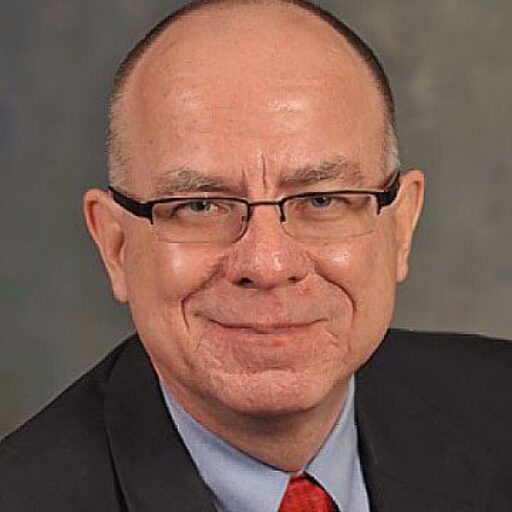How can we be sure we are taking care of the needs of the program staff members?
Most people working at rescue missions don’t view their work as simply a “job.” They consider it a ministry or, more precisely, a “calling.” As a result, they tend to be highly motivated employees. Yet, by keeping a few simple human resource management principles in mind, rescue mission leaders can do a lot to encourage them and help them to be even more happy and satisfied in their work for the Lord.
Why people “burn out” – Working with troubled people can be very stressful and makes rescue mission workers very susceptible to “burn out.” In her 1994 IUGM Annual Convention Seminar, in Denver CO, Cindy Stutheit, Program Director of Denver Rescue Mission’s Champa House, noted some of the factors that cause burn out for mission workers:
Lack of communication
Frustration
Emotionally draining
Too much responsibility
“Losing people, souls & lives” versus “losing an account”
Physically taxing
Poor boundaries and codependency
Tyranny of the urgent–daily rut of routine and poor crisis management
Poor training
Heavy workload
Inexperience and unrealistic expectations
No personal space
24-hour job for live-in staff
Establishing a set of priorities for meeting staff members’ needs will help them avoid burn-out and will inspire them to high performance in their work.
Meetings Their Basic Needs – Everyone is concerned about meeting his or her basic needs for food, clothing, and shelter. These basic needs are satisfied through wages and job security. Staff members must know that as long as their work is satisfactory, their job will be secure. Secondly, rescue missions must offer adequate wages if they are to attract and keep good staff members. When their basic financial needs aren’t being met, it becomes impossible for them to remain motivated and to perform their work satisfactorily.
Meeting Their Social Needs – Rescue mission workers need and enjoy small talk among themselves and group interaction. They enjoy telling about weekend trips, family needs, hopes and dreams. An effort needs to be made to set time aside for wholesome, informal group gatherings.
Meeting Their Ego Needs – The ego needs of the workers are met through esteem and self-fulfillment. At the rescue mission, this need can be met by encouraging acceptable job performance, ethics, dress, language, and also by periodic evaluation for merit and for promotion. In other words, by making sure that each staff member knows that her or his work is appreciated. Secondly, dead-end jobs are seldom satisfying. A promotion can be as rewarding as a raise. A title is a status symbol, a name indicating a job position, an important status symbol, even in the rescue mission. Some thought needs to be devoted to developing a “job entry career ladder system.” Staff members must have the opportunity for career mobility. They need to be able to move upward as they gain experience and training, and as new positions become available.
Meeting Their Self-fulfillment Needs – Most staff members need to be creative in order to attain some measure of self-fulfillment. To be creative in the rescue mission context means that when a staff member has new and practical ideas, they are used whenever practical. Rescue missions have many staff members who are imaginative and like to solve difficult problems. Some want to take part in management decisions. Since the staff members are the people closest to “the action,” they often understand the operation better than those in leadership do. Many constructive changes have originated with a staff member’s suggestions and recommendations. By listening to their views, experiences, and suggestions, wise rescue mission managers will motivate and encourage such a staff member to do bigger and better things.
Personal rewards are also effective in motivating. For example, if a staff member suggests an idea or method that is cost saving, a bonus would be appropriate. Citations, public acknowledgment and the conferring of certificates of distinguished service or appreciation are also valuable. Recognition in the mission’s monthly newsletter or magazine is another good way to reward the creative staff member and to stimulate others in this direction.
Meeting Their Spiritual Needs – Prayer and the Word of God are a part of everyday life at the rescue mission. Still, apart from their service at the rescue mission, it is vital that staff members participate in the life and body of a local church. They need the fellowship of believers where they can find encouragement and inspiration. They need interaction with people who are not looking to them to meet their needs, but rather minister to them.
In summary, five important motivating factors for rescue mission workers are:
Keep them informed.
Give them some control over their actions.
Challenge them with work that can lead to recognition for their efforts.
Provide them with the opportunity to achieve and advance in their career.
Encourage them to find spiritual and emotional refreshment outside of the rescue mission.
February 1999





